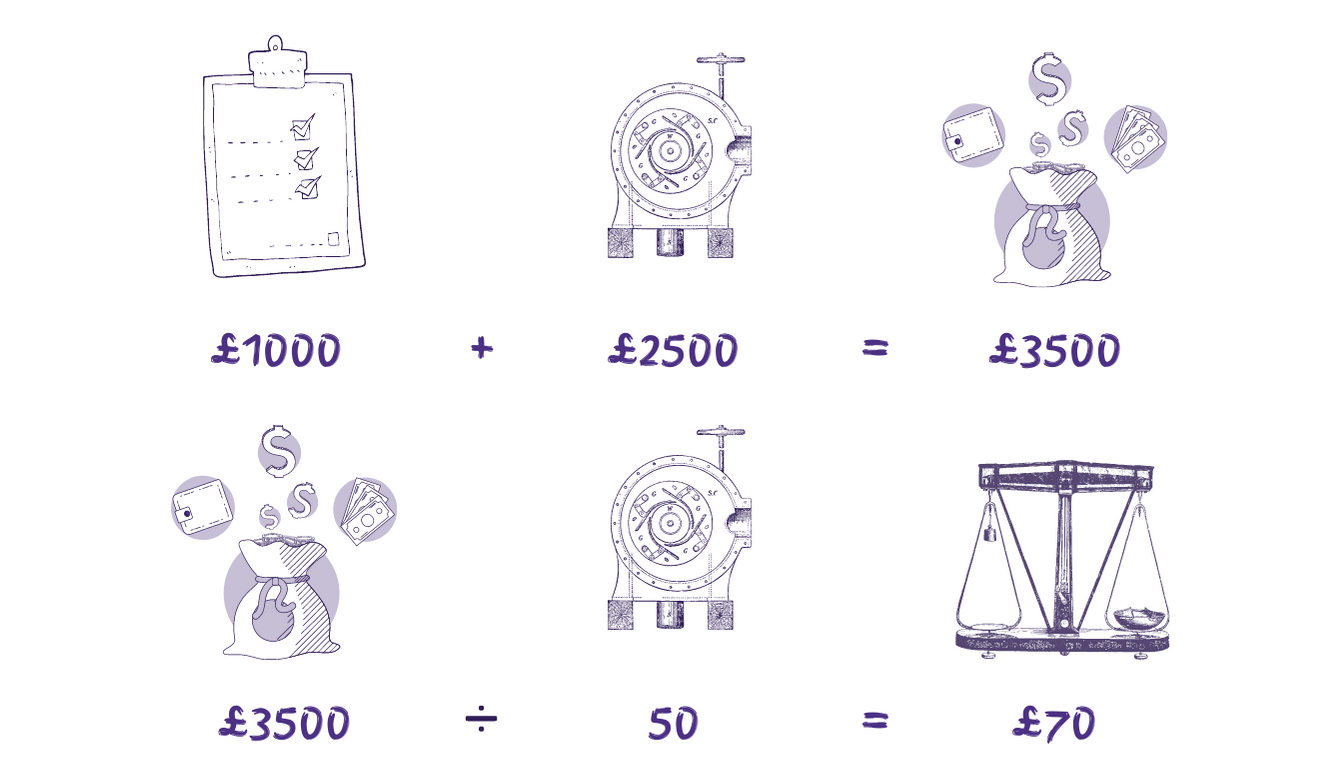Everyone: Who’s ‘Even’?
An important question for any new business owner, but what does it mean?
Put simply, the ‘Break-even point’ is the point where your income equals your costs. At this point, your business is no longer loss-making. Hoorah!!!
But why is it important to know what the break-even point is? Why should I care?
Again, in simple terms, understanding where your break even point is, will help you to reach profitability more quickly. Let me try to explain…
You’ve just set up your business, selling the old classic – ‘widgets’ (does anyone know what a widget is? Is it even a real thing?)
You already know how much rent will be, what the business rates are, you have a good idea of utilities, insurance, miscellaneous bits and bobs and the all-important accountancy fee. These are your fixed costs, or ‘overheads’. They should stay pretty much the same month on month, regardless of how many widgets you sell.
You also know the costs involved in making your mighty widget. You know how much it costs to buy the materials for one widget and how much labour costs go into building that widget. These are your variable or direct costs. This is because they vary depending on how many you sell. If you sell more, your variable costs will increase.
For this example, let’s say your fixed costs are £1,000 per month and each widget will cost £50 to make.
Your research leads you to believe that you will sell 50 widgets a month. You now have all the information to work out your break-even point. Your fixed costs are going to be £1,000 per month and your variable costs will be £2,500 (£50 x 50). Total costs are £3,500 which means, in order to break even, you will need to sell the 50 widgets for £70 each. If you sell 50 widgets at £70, you will cover all of your costs, but won’t make any profit.

But now you are armed with some really important information. You now know that if you can sell the widgets for any more than £70, you will be in profit. From here, you can review your sales price and anticipate how much profit you will make each month based on anticipated sales.
But I don’t know how many I’ll sell!!
Firstly, calm down!
Ok; you don’t know how many widgets you’ll sell, but you know that a competitive price is £100 per widget.
With this information, you know your gross profit, or ‘contribution’ (selling price – variable costs), from each sale, is £50 (£100 selling price – £50 cost to make).

If you’re making £50 gross profit on each widget, we know that, in order to cover our fixed costs of £1,000 per month, we need to sell 20 widgets to break even.

Again, armed with this information, we can set monthly selling targets.
Too many business owners don’t monitor their costs, and so they set selling prices that don’t help them cover their costs. They end up being busy fools, working really hard and earning little or no money from it. Then someone comes along to explain all this and they get scared to put their prices up for fear of upsetting their current customers. It happens so often!
Understanding your break-even point early on will help you set more profitable selling prices and enable you to set goals to help you drive the business to profitability as quickly as possible.
Now that you know what ‘Break-even’ is and how important it is to understand this within your business, why don’t you get in touch to discuss further.